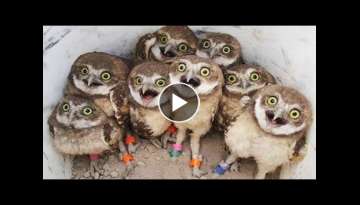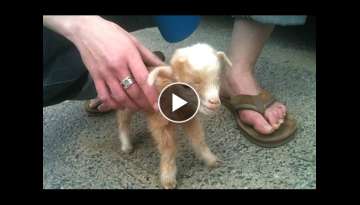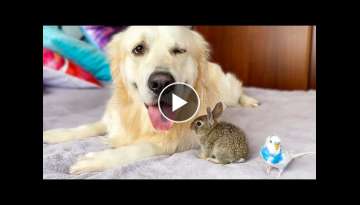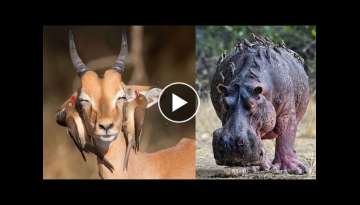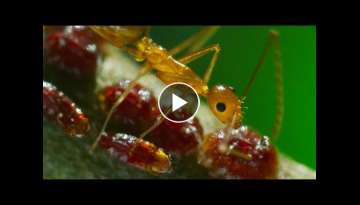40 Cute, Scary and Weird Australian Animals You'll See for the First Time
Australia is infamous for having some of the most dangerous creatures in the world. For example, we have 20 out of 25 of the most venomous snakes, the most venomous spider, jellyfish, snail, fish, and mammals in the world. Just to name a few.
Please don't be afraid though because deaths by animals are not common and most deaths are from animals you would least expect (well in Aus anyway) Here is an example, Between 2000-2010 there were 254 animal-related deaths recorded, and most were caused by farm animals, specifically horses followed by bees and wasps. Between 2008-2015 there were 1,610 animal-related deaths recorded in the US and most of those deaths were by non-venomous animals.
Most of our wildlife is found nowhere else in the world (more than 70%). With some truly unique wildlife at that. Just look at the platypus. This list contains wildlife that is native but also animals that are found in, and around Australia.
Sadly a lot of our native wildlife is Vulnerable, threatened, or endangered and Cats are the #1 threat to our native wildlife along with foxes. They have driven 22 native mammals to extinction and research suggests that at least another 270 species are estimated to be threatened or endangered by these invasive animals. Our native plant life is also under threat from Rabbits, camels, and goats. Rabbits alone impact over 100 threatened species of native desert plants.
The 2019-2020 bushfires didn't help, which destroyed over 18 million hectares (approx 46 million acres) of land, and it is estimated that it killed over 1 billion animals. And few endangered species are now facing the risk of extinction especially with the loss of habitats.
#1-Quokka
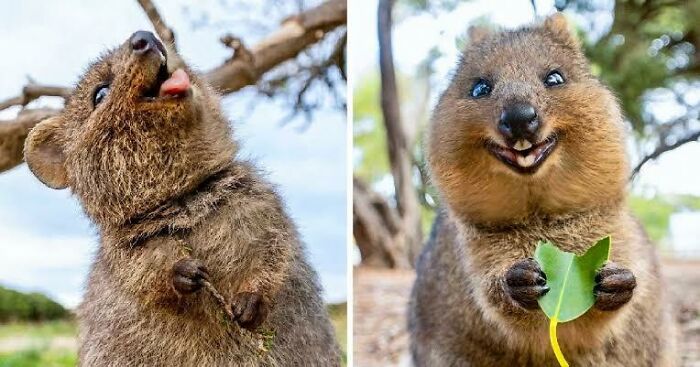
Quokkas have been labelled one of the friendliest animals on the planet because of their cute smiles. They will even happily live in big groups without being territorial and have no problems with sharing food or shelter with other Quokkas. But even though they are pretty friendly, they are still wild animals and will scratch and bite if they feel threatened. It is prohibited to touch them and can result in a fine, as irresistibly cute these creatures are DO NOT TOUCH.
#2-Galah
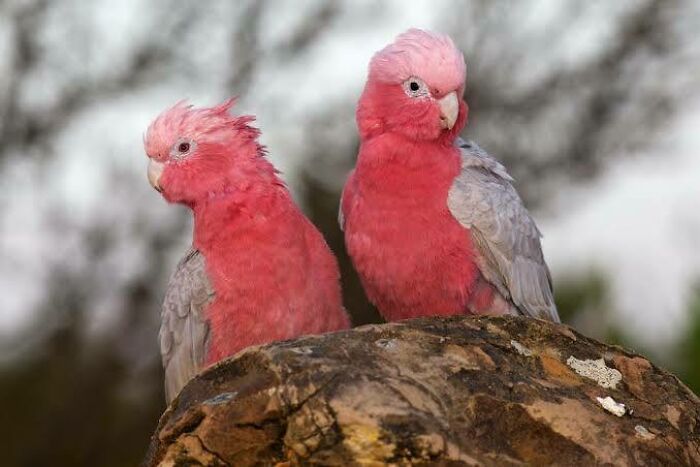
Galah's can travel in flocks of 1000 birds and are known to fly at 70km/hr. Since these birds main diet is seeds, They are vital in helping with seed dispersal by dropping germinated seeds into other areas.
#3-Rainbow Lorikeet
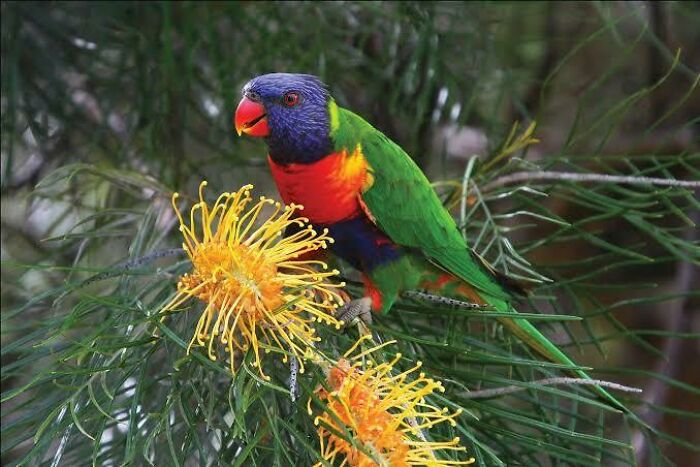
These beautiful birds are often considered the bullies of the birds as they chase and pick on other bird species. Male and female rainbow lorikeets are pretty much identical so the only way you can really tell is by a DNA test. Their diet mainly consists of nectar and pollen. They also love the nectarines from my tree lol.
#4-Leafy Sea Dragon
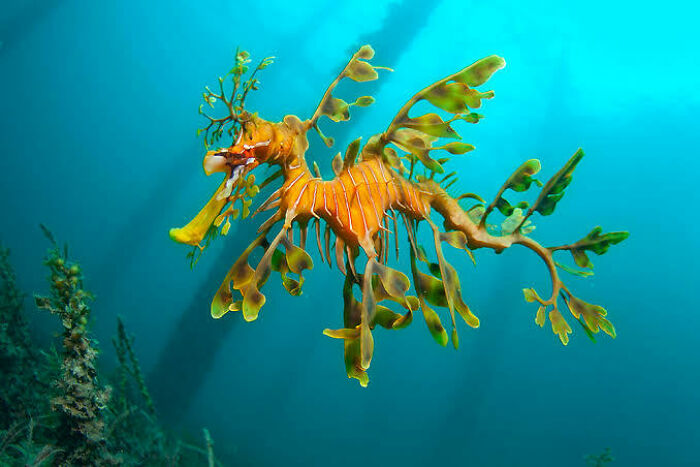
These leafy sea dragons can only be found off the coast of South and East of Australia. They are near threatened due to divers taking them home as pets but are now protected. They have no known predators because of their spiny fins and camouflage. Whilst they are closely related to sea horses they cant grip onto things with their tails and they mainly drift in the current than propel themselves with their fins like sea horses do.
#5-Fairy Penguin
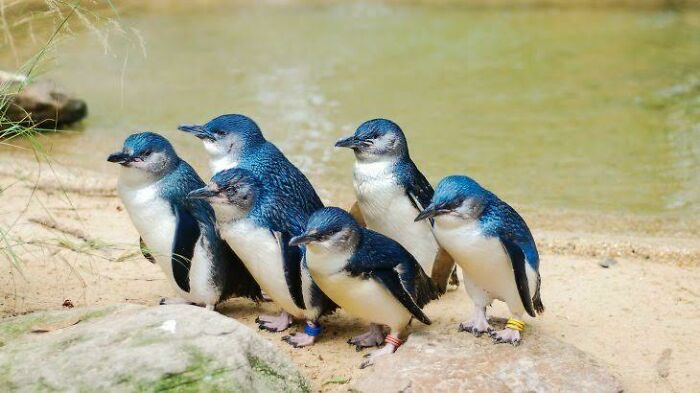
The fairy penguin is the smallest in the world. They are the only penguins to breed in Australia but have found themselves to be a great target for predators. Which makes them highly dependent on human intervention and protection and not just humans but one specific colony relies on Maremma sheepdogs to protect them from foxes. They even made a movie about the first dog to look after the penguins, called "Oddball".
#6-Lyrebird
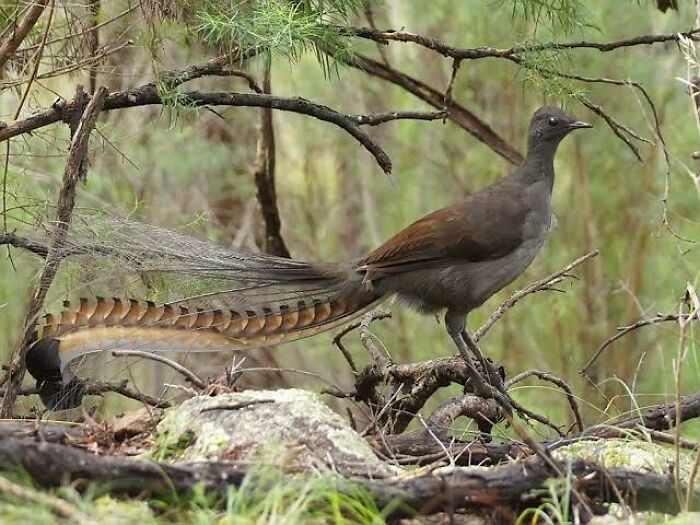
Lyrebirds are known as natures impersonator. They mimic other sounds they hear, from other birds and animals to things like car alarms, chain saws, crying babies and gun shots etc. It can take them up to a year to perfect the sounds and whilst both the male and female can do it, it is the male that is more vocal.
#7-Wedge-Tailed Eagle
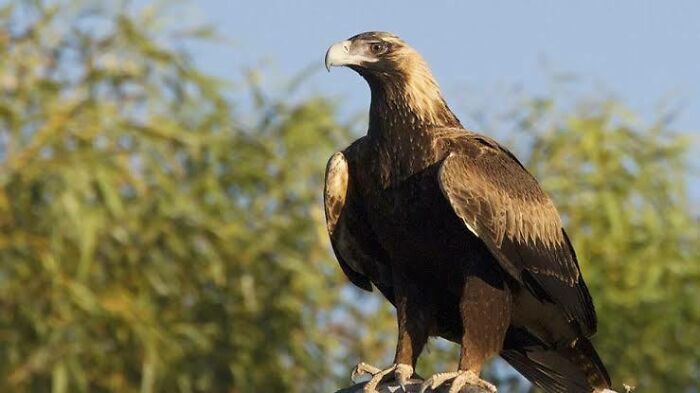
Wedge-tailed eagles have the largest wingspan of all other eagles, measuring at approx a whopping 3.1m (10.3ft). They are monogamous birds so will stay with their partner for life and will often remain solo after one of the pair dies. Very rarely do they seek another mate after death.
#8-Magpie
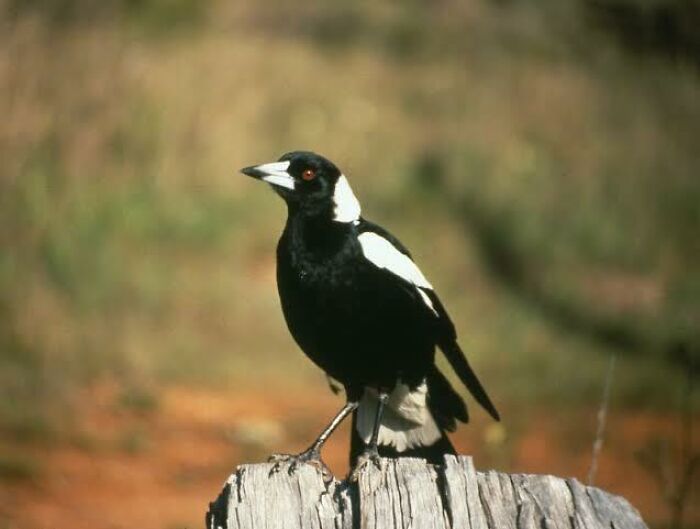
The magpie has such good hearing that it can hear the sounds of bugs, worms and insects underground. Often when the magpie crooks it's head to the side it is honing in on the location of it's food. They are extremely good at facial recognition and will remember if you treat them nicely or not. Magpies are my favourite bird, they have such a pretty song and whilst they are often feared during spring due their swooping, only approx 10% of magpies actually swoop.
#9-Tawny Frogmouth
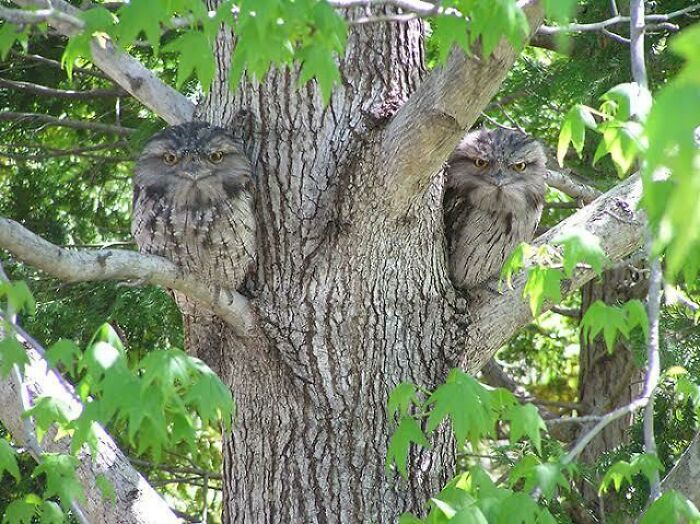
Tawny Frogmouths are often mistaken for owls, when in fact they are more related to kookaburras and kingfishers. They are so well camouflaged that they can stretch out and look like a broken tree branch. They are terrible at building nests, so bad in fact that eggs and even chicks easily fall out the nest. They essentially just dump twigs and leaves in a pile, and that is it. Besides that fact they are actually very involved parents and share the responsibilities.
#10-Wombat
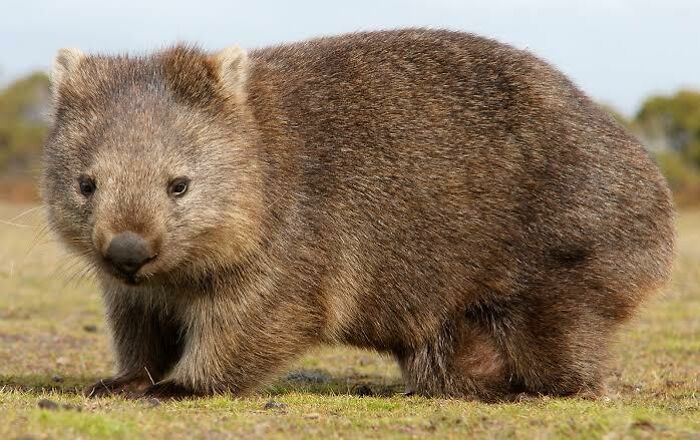
Wombats have very interesting butts. Not only do they produce cubed poop, they also protect themselves from predators by diving into their burrows and block the entrance with their butts. Their bottom mostly consists of cartilage that is resistant to bites and scratches.
#11-Red Bellied Black Snake
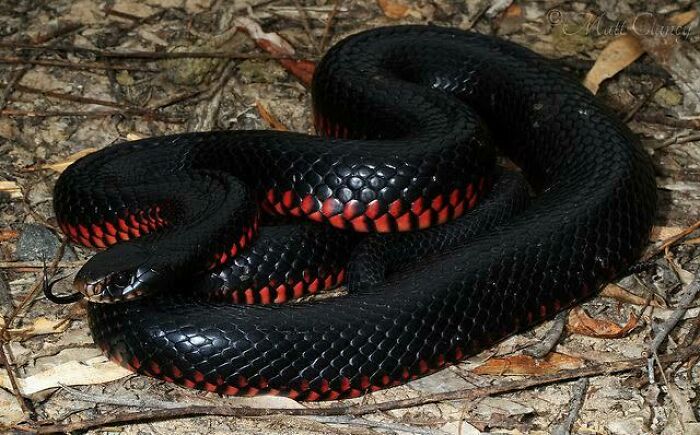
Red bellied black snakes are one of the most encountered snakes and are responsible for a number of bites annually. But they are generally a shy snake and will usually slither away or stay still in the hopes of not being seen. Most victims of bites suffer mild symptoms with very few cases needing hospitalisation. There have been no confirmed deaths from a red bellied black snake bite.
#12-Dingo
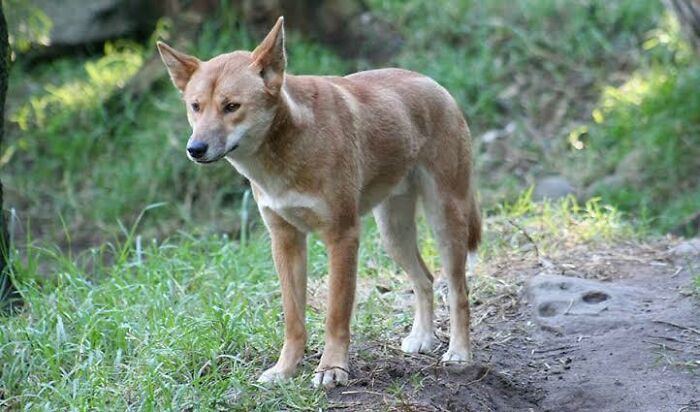
The dingo is native to Australia but is believed to have been descendants of East Asian dingoes. Unfortunately finding pure bred dingoes is quite difficult now due to them breeding with feral/domesticated dogs. Studies suggest that over a third of dingoes are in fact hybrids. Australia has the longest fence in the world which is the dingo fence aka the rabbit proof fence. It stretches 5,614kms (approx 3,488 miles) and keeps dingoes out of south-east Australia to protect the livestock.
#13-Koala
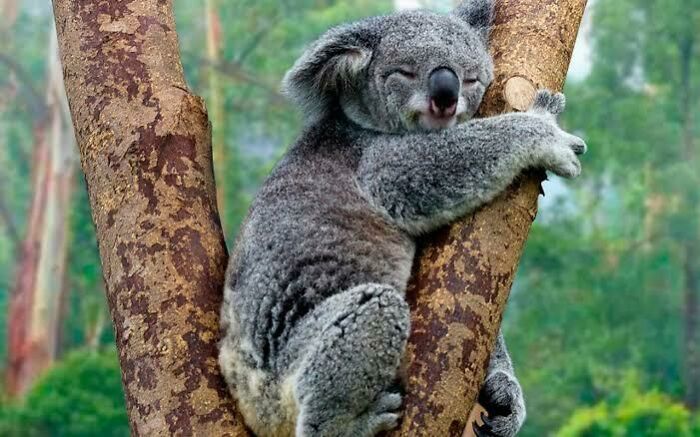
Koalas solely live on eucalyptus leaves and spend up to 4-5 hours eating, the rest of the time they are sleeping (approx18-20hours a day). Sadly koala chlamydia is quite prevalent so there are sterilisation programs to stop infected koalas from procreating. The biggest colony of koalas that is not affected by chlamydia is on Kangaroo Island, but after the 2019-2020 bushfires there has been a huge decline in koala numbers and are now considered endangered in many parts of the country.
#14-Echidna
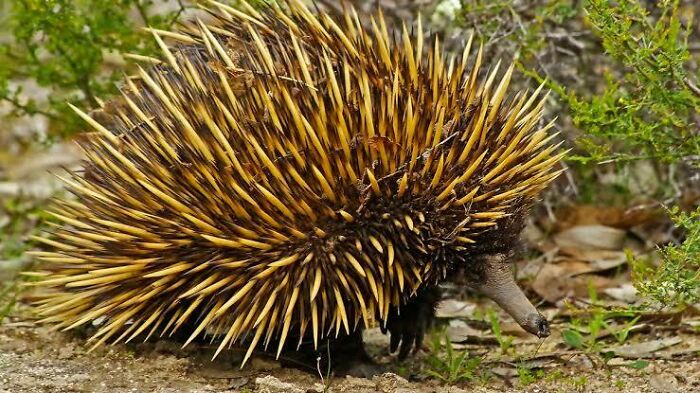
Just like the Platypus, the Echidna is also a monotreme (egg laying mammal),. The female deposits a single egg into her pouch and 10 days later a baby echidna hatches, which is called a puggle. Echidnas are solitary animals but will meet to mate and spend about a year looking after their babies.
#15-Giant Gippsland Earthworm

The Giant Gippsland earthworm is the biggest in the world. They can reach up to 2m (6.6ft) long and a diameter of 4cm. These are very vulnerable and are only found in very few places so they are a protected species.
#16-Mole Cricket
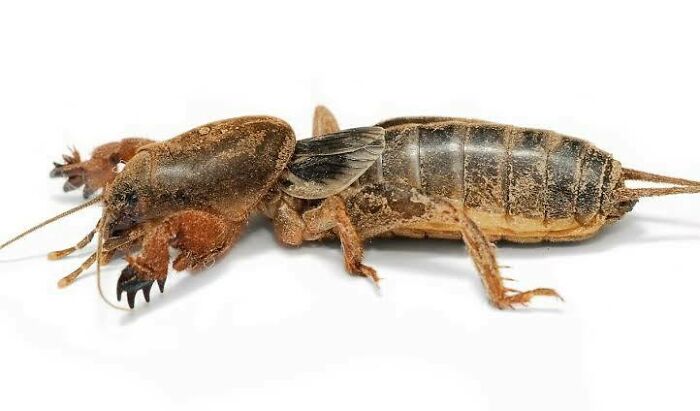
Don't let the look fool you, it looks scary but it is harmless. You will mainly hear the mole crickets chirp when it is wet or is about to rain. It produces around 200 pulses of sound per second. The males call in a burrow that acts as a resonator which makes the call even louder to attract a female.
#17-Blue Ringed Octopus
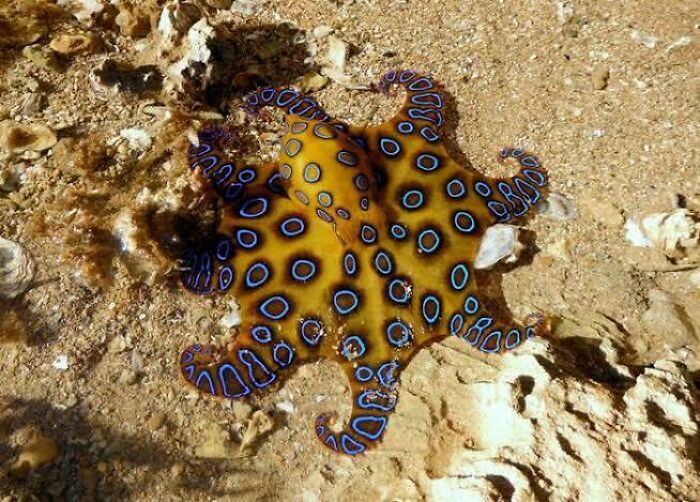
This colourful octopus is the only octopus that is toxic to humans. So much so that they can kill 26 adults within minutes. When they flash their blue rings it is because they are NOT happy so you should stay away, although best to keep away from them in the first place. In saying that there have only been very few deaths from this tiny octopus. The blue ringed octopus is very small, reaching the size of a golf ball and love to hide under rocks and inside shells.
#18-Cassowary
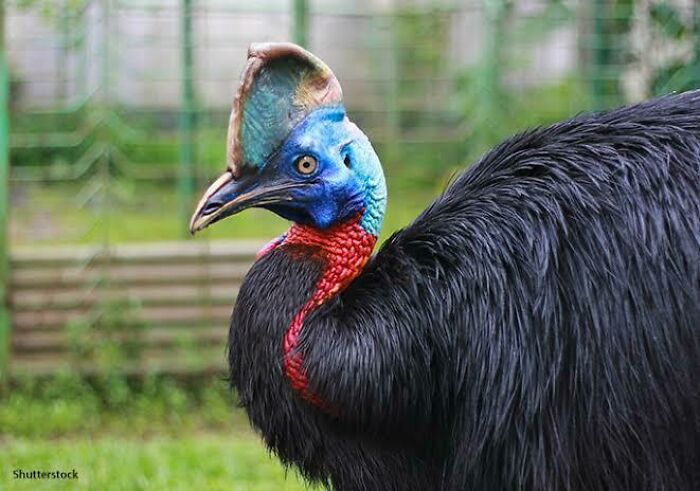
The cassowary is considered one of the deadliest birds but in fact there have only been two recorded human fatalities from a cassowary, one in 1926 and the other in 2019. These birds have talons that look similar to a velociraptor and is one of the reasons the cassowary is often called a "living dinosaur". They are fast runners, high jumpers and good swimmers so it's best to steer clear.
#19-Emu
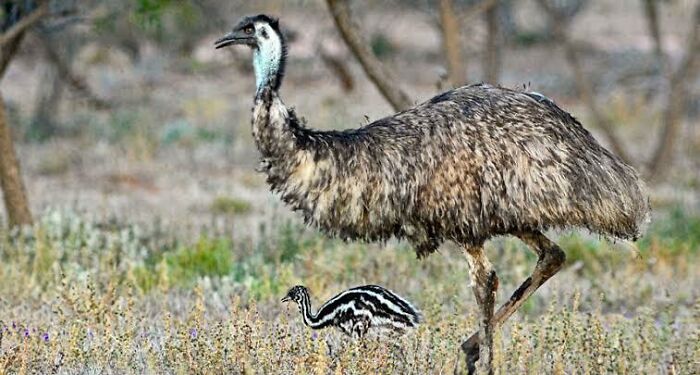
Emus are the second largest bird in the world but can't fly because their wings are so small. The female lays a clutch of eggs but the male emu incubates them, not leaving the nest for over 8 weeks. Not even to eat, drink or poop so they end up losing about a third of their body weight. The male emu sits on the eggs all day, every day and only gets up (approx 10 times) to rotate the eggs. Now that's commitment.
#20-Saltwater Crocodile
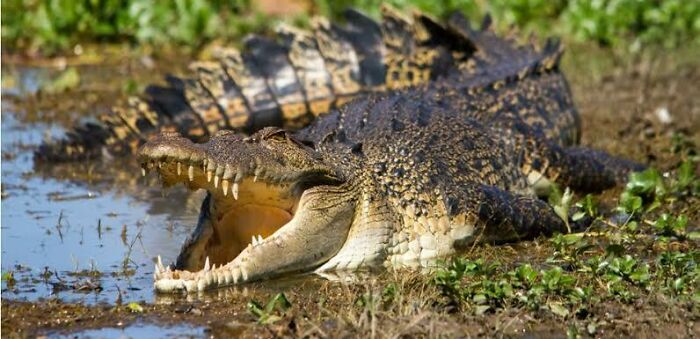
We have two types of crocodiles in Australia, the saltwater croc and the freshwater croc. The saltwater crocodile is the biggest reptile in the world growing from 3m-7m (9-23ft) in length with the males being the biggest. They can apply up to 5,ooo pound of pressure per square inch with their jaw but don't have the same strength to open their mouths. Whilst there are a few croc attack annually, there are on average only one human death a year and those are mainly in places that have warnings about crocs in the area.
#21-Kookaburra
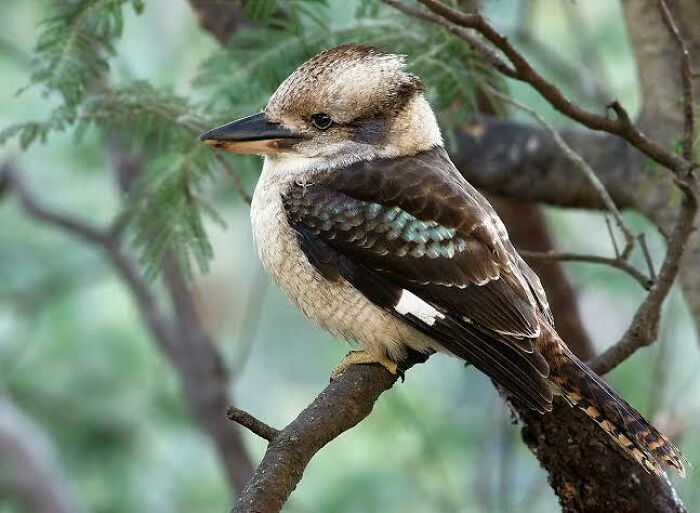
Kookaburras are part of the kingfisher family but do not need to live near water and don't really eat fish. They mainly eat small animals like mice, chicks, lizards and insects. They have a very distinguishable sound, which is a bit like a laugh and often call loudly during dusk and dawn.
#22-Platypus
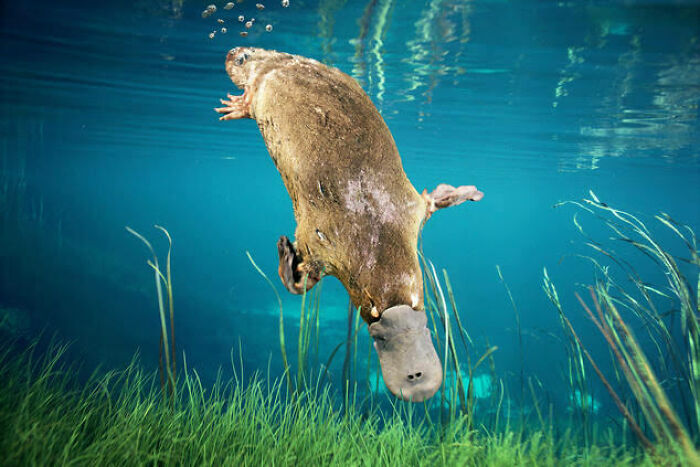
The platypus is a monotreme, which means it is a mammal that lays eggs. The male platypus is the most venomous mammal in the world. They have spurs on their hind legs that deliver venom, usually to other platypuses in breeding season. Platypus do not have teeth so they store stones and gravel in their cheeks and use them to help grind up their food.
#23-Bilby

The bilby is a nocturnal animal about the size of a rabbit. They have poor eyesight so rely on their sense of smell and acute hearing. The bilby is kind of an Easter icon in Aus as you can get chocolate Bilby's just like the bunnies and a portion of the sales gets donated to Bilby conservation programs/organisations.
#24-Numbat
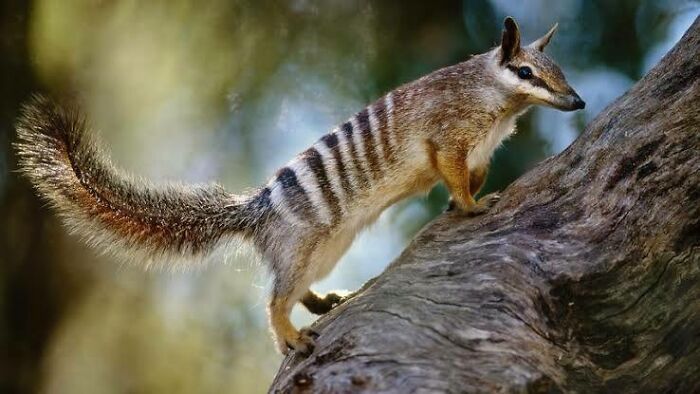
Numbats are one of only a few marsupials that don't have a pouch. They have about 4 babies and the young attach themselves to the teats for the first 5 months. Then the mother will dig a burrow for them to finish their development and will stay in there until around late spring, where they will leave and go off on their own.
#25-Quoll
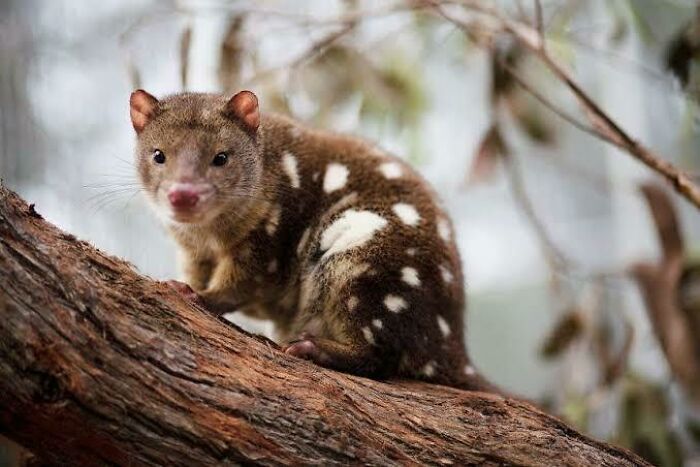
Quolls are nocturnal animals and their diet mainly consists of smaller animals like rabbits, mice, birds, snakes and insects. They are very good climbers but they mainly live their life on the ground or inside burrows, caves or hollowed trees. They birth about 15-30 young but they only have 6 teats, so only 6 babies survive.
#26-Kangaroo
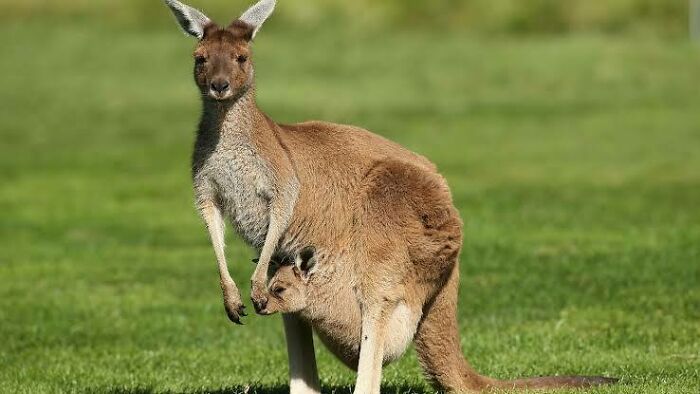
A group of kangaroos is called a mob, the female is called a Jill, the male a Boomer and a baby is called a joey. The red kangaroo is the biggest and the male is often muscular and they can be quite aggressive when approached. And will "box" with other males to fight for a mate.
#27-Sulfur-Crested Cockatoo
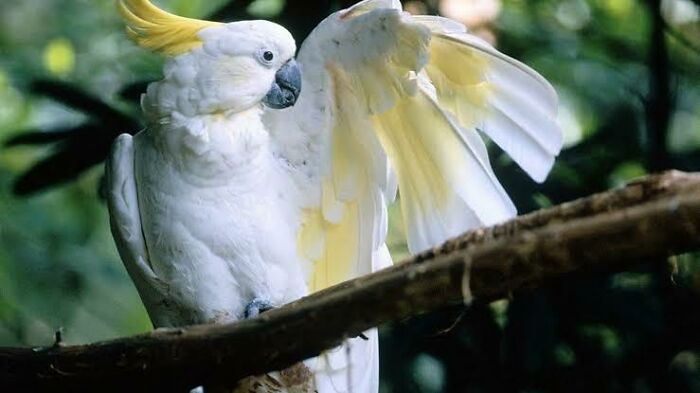
The sulfur-crested cockatoo is a very loud screechy bird that often lives in large flocks of up to 100 birds. They are very intelligent birds and can learn to mimic what you say and are often kept as pets.
#28-Port Jackson Shark
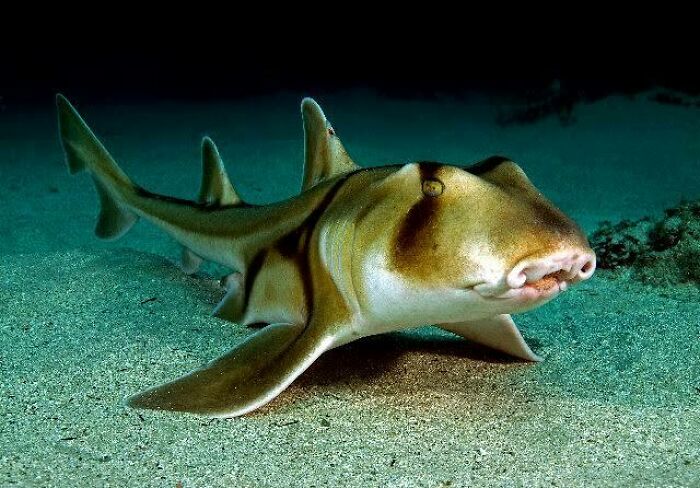
These sharks don't have teeth like many other sharks. They have 2 different kinds of teeth. The front are small and sharp for grabbing hold of prey whilst the broad flatter teeth like molars are for crushing and grinding their prey like molluscs and sea urchins.
#29-Pig-Nosed Turtle
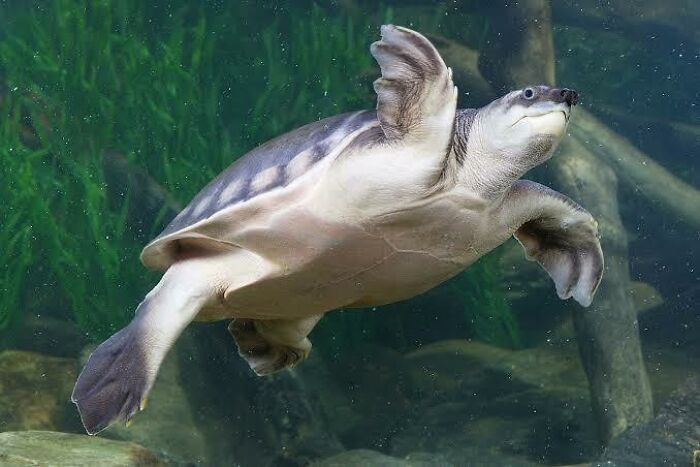
The pig-nosed turtle is the only surviving member of it’s family, which are the only freshwater turtle with large paddle like flippers. Their shell is not hard but is in fact leathery feeling.
#30-Blue-Tongue Lizard
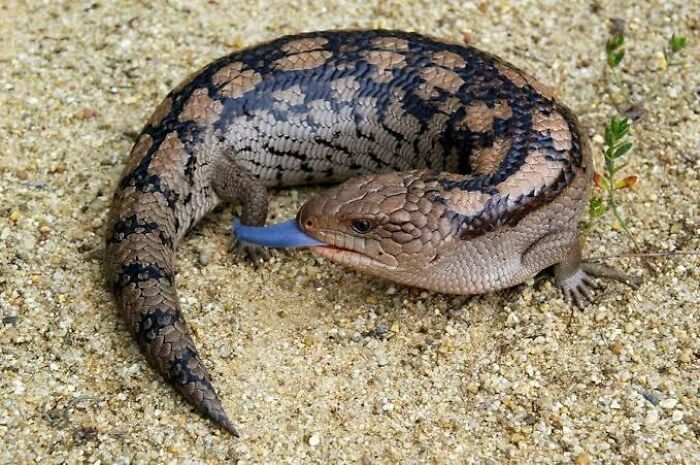
The blue-tongued lizard is the largest member of the skink family, when they feel threatened they will puff up their bodies, sticks out it's tongue whilst hissing. Whilst they don't have the best teeth, they do have a powerful bite and tend not to let go.
#31-Bettong (Rat Kangaroo)
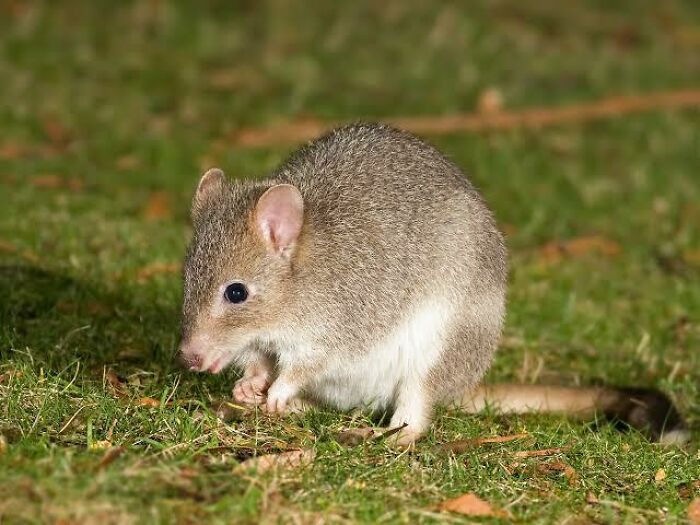
Bettongs are rabbit sized critters that used to be widespread across Australia, but due to introduced predators, humans and habitat destruction they are now only found in small areas across the country. Settlers nicknamed the bettong "rat kangaroo" and treated them like a pest. By the 1940's about 4 sub species of bettong were extinct.
#32-Long Nosed Potoroo
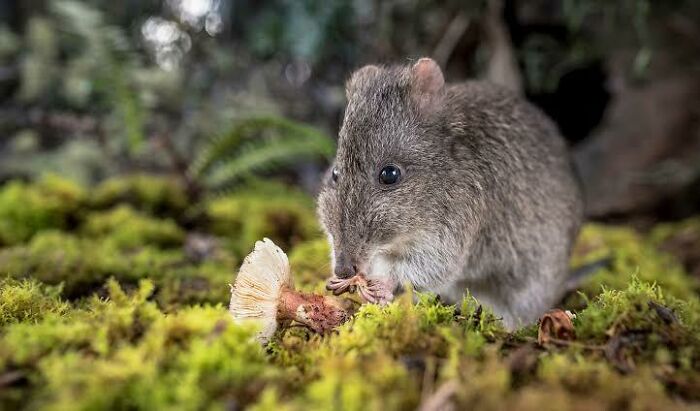
Potoroos are mainly solitary animals and are also non-territorial. They are nocturnal animals but have been known to come out during the day in winter months, particularly on cloudy days foraging for food. The potoroo is the oldest species of the kangaroo family and have undergone little changes, essentially becoming a living fossil.
#33-Bandicoot
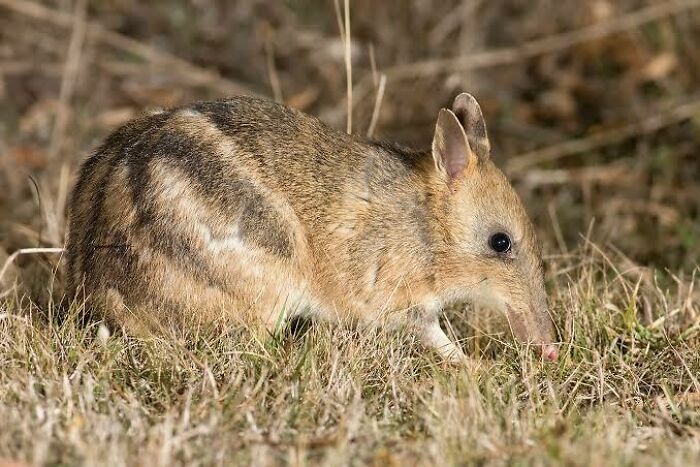
Unlike other marsupials, the bandicoot has a pouch that is backwards. This prevents dirt getting into the pouch when the mother digs for food. Bandicoots also have the shortest pregnancy of any mammal, which is about 12 days. The baby will then spend roughly 54 days in the pouch to complete it's development.
#34-Sugar Glider
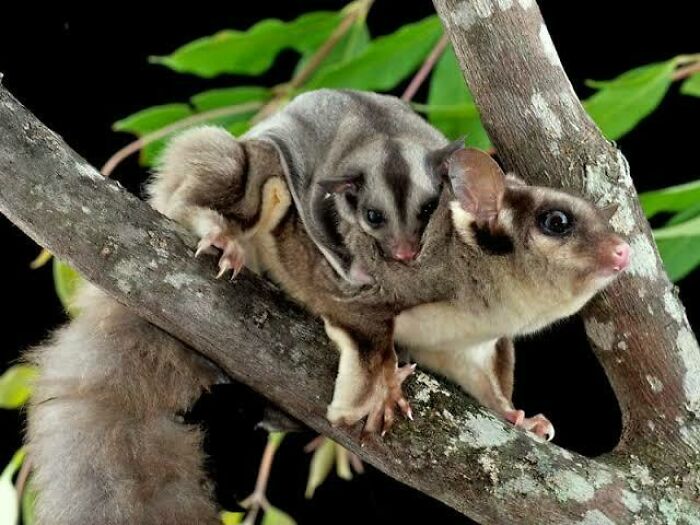
Sugar Gliders are quite small and could fit in the palm of your hand. Don't let the size fool you though coz these little critters can glide up to approx 45metres (150ft) in one go and catch insects in midair.
#35-Ringtail Possum
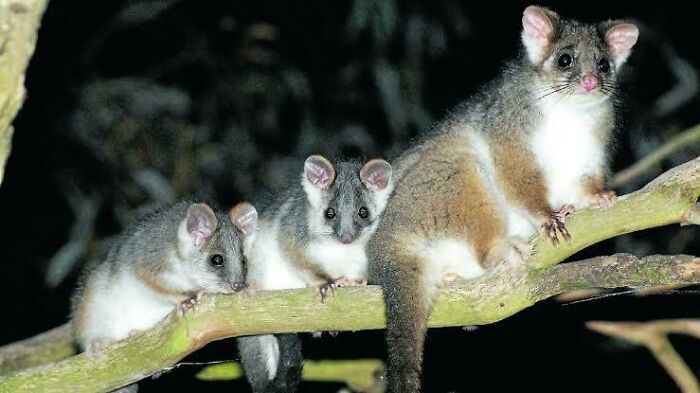
The ringtail possum is a very common mammal that is often found in peoples backyards. They are nocturnal and mainly live off of eucalyptus and other leaves, fruits, nectar, insects and flowers. When threatened they make an awful growling sound, which means back off.
#36-Tree Kangaroo
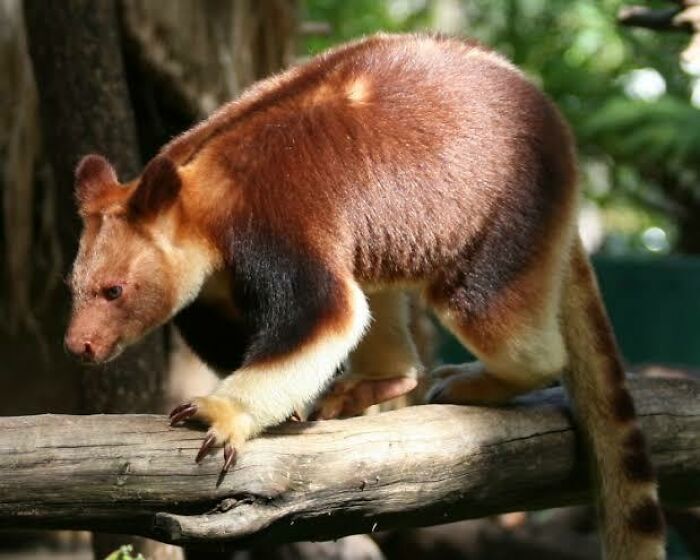
Don't let the name fool you, whilst it does have some resemblance to a kangaroo these animals do not hop. They spent most of their time in trees and can climb higher than a 10 storey building. They have very strong limbs that help them jump from tree to tree and use their long tail for balance.
#37-Fiddler Ray (Banjo)
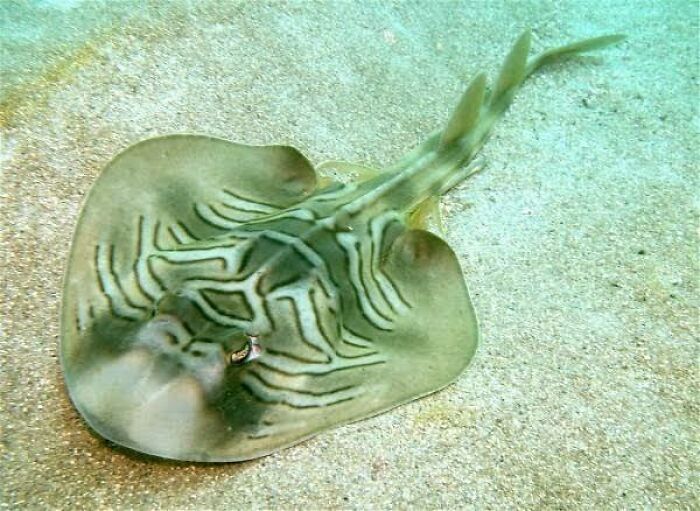
The fiddler Ray has the head of a ray and a tail like a shark. They eat crabs, worms and shellfish, crushing them with their jaws. They are pretty harmless but they can give a good whack with their tails if they need to. My family see these when we go camping and have caught these by hand, but don’t worry, they were all released to live another day.
#38-Frill-Necked Lizard
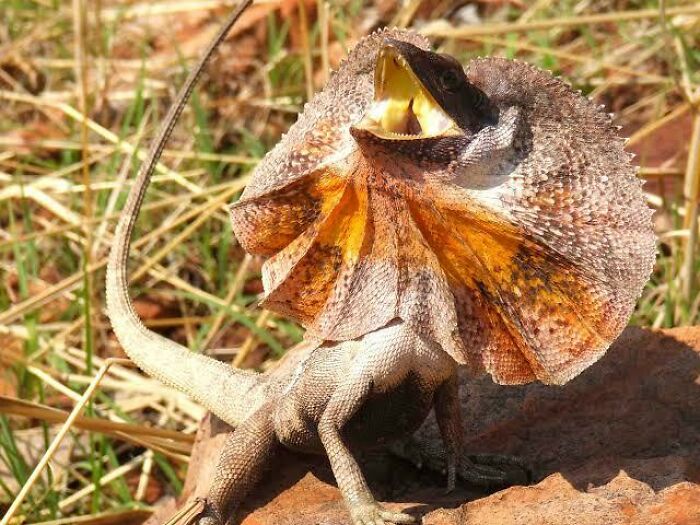
The frill on the neck of the lizard can reach 30cm (12in) in diameter and is erected by cartilage spines that are connected to the jaw bones. They unfold their frill during mating to get rid of excess heat and also as a defence with a bit of a hissing sound too. They can also run pretty fast upright on their hind legs.
#39-Tasmanian Devil
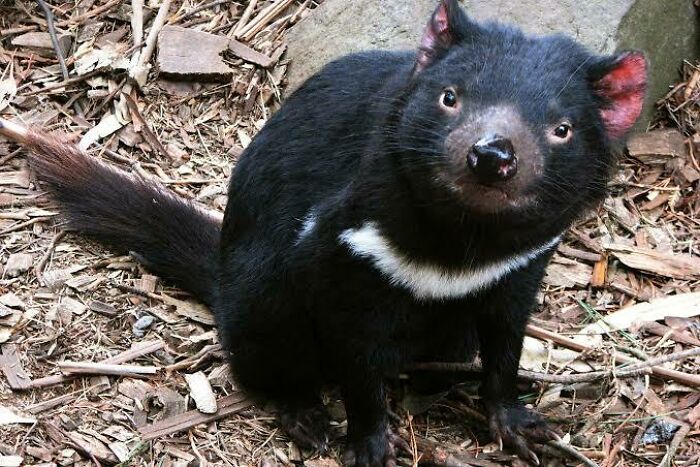
Tasmanian devils are the largest living carnivorous marsupials with an estimated 544kg (1199lbs) of bite pressure per square inch so they can crush bone. Sadly tens of thousands of Tassie Devils have died since the 90's from starvation due to a contagious disease that causes tumours to grow around the mouth area, making it hard to eat. Tasmanian Devils can only be found in Tasmania in the wild but many wildlife parks and zoos have them on the mainland.
#40-Flying Fox (Megabat)
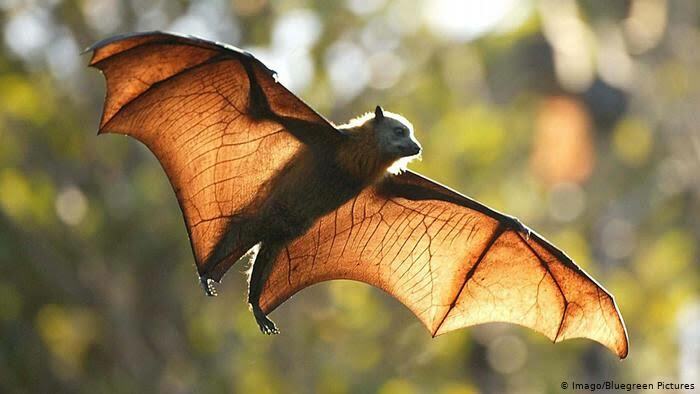
The flying fox is the largest flying mammal in Australia with a wingspan of over a metre. They are vital in the survival of many native plant species as they are major pollinators for over 50 types of trees. They are pretty harmless but if you get bitten or scratched seek medical attention as they can carry the lyssavirus which is closely related to rabies.


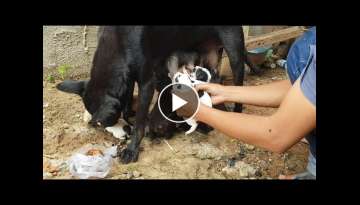

.jpg&w=360&h=205&q=60&zc=2&cc=000000)


